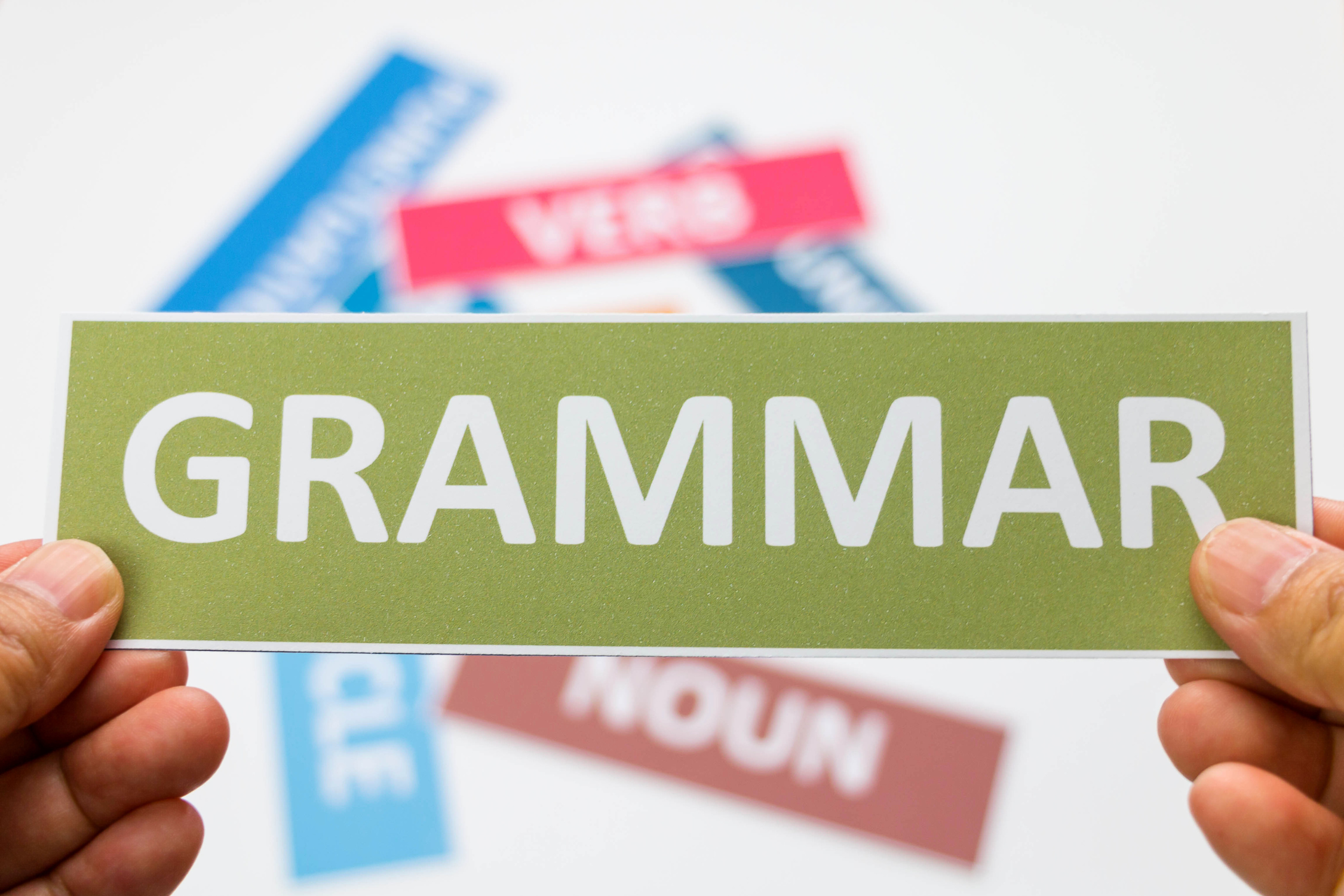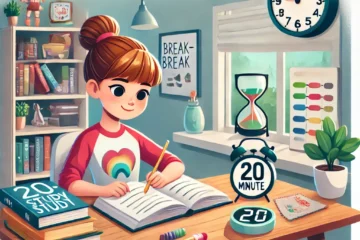Grammar is the foundation of any language. Strong grammar skills help primary students read, write, and communicate effectively. If children develop good grammar habits early, they become more confident in expressing themselves. However, teaching grammar doesn’t have to be boring! With fun techniques and engaging activities, young learners can master grammar naturally.
In this blog, we’ll explore the best ways to teach grammar to primary students in an interactive and enjoyable manner.
1. Start with Basic Sentence Structure
Before diving into grammar rules, children need to understand how sentences work. Teach them about:
🔹Subject (who or what the sentence is about)
🔹Verb (what the subject does)
🔹Object (what receives the action)
Example: “The cat (subject) eats (verb) fish (object).”
Encourage kids to make their own sentences using everyday objects like toys, pets, or family members.
2. Use Fun Grammar Songs and Rhymes
Music helps children remember grammar rules effortlessly. Create songs about nouns, verbs, adjectives, and tenses.
Example: “A noun is a person, place, or thing, like a cat, a park, or a golden ring!”
Playing grammar-themed songs during activities keeps children engaged while reinforcing learning.
3. Play Grammar Games
Learning grammar can be exciting when turned into a game. Here are some fun grammar games:
🔹Noun, Verb, or Adjective? – Write words on flashcards, and kids sort them into categories.
🔹Sentence Scramble – Give children word cards and let them arrange them into correct sentences.
🔹 Fix the Mistake – Write a sentence with grammar mistakes and let kids correct them.
These games boost learning while making grammar fun!
4. Read Storybooks with a Focus on Grammar
Reading exposes children to correct sentence structures, punctuation, and tenses. Choose storybooks that:
🔹Have simple sentence structures for younger kids.
🔹Include dialogues to show real-life grammar use.
🔹Contain rhyming words to develop vocabulary.
After reading, discuss:
🔹What tense was used?
🔹Can you find nouns and verbs in the story?
🔹Can you rewrite a sentence in a different tense?
This approach combines reading and grammar naturally.
5. Introduce Grammar with Pictures
Children love pictures, and visual learning helps them understand grammar better.
Example Activity:
Show a picture of a dog running. Ask, What is the dog doing? (Verb: Running).
Show a picture of a red apple. Ask, What color is the apple? (Adjective: Red).
Using images makes learning interactive and memorable.
6. Encourage Daily Writing
The best way to practice grammar is through writing. Give children fun writing prompts like:
The best way to practice grammar is through writing. Give children fun writing prompts like:
🔹 “Write a story about a talking animal.”
🔹 “Describe your best friend using adjectives.”
Give gentle corrections and highlight common mistakes to help them improve over time.
7. Teach Punctuation in a Fun Way
Punctuation marks can be confusing, but with creative activities, kids can master them easily.
🔹 “Punctuation Relay” – Write a sentence on the board without punctuation and let kids add the correct marks.
🔹 “Punctuation Match” – Give sentences missing a comma, period, or question mark, and kids place the right punctuation.
Using real-life examples like texting or writing letters makes punctuation more relatable!
8. Use Grammar Worksheets and Printables
Worksheets provide structured practice and reinforce grammar lessons.
Fun worksheet ideas:
🔹Fill in the blanks with the correct verb tense.
🔹Match adjectives with nouns.
🔹Circle the correct pronoun in a sentence.
Worksheets test understanding while keeping kids engaged.
9. Practice Grammar Through Conversations
Speaking exercises help children use grammar correctly in real life.
Role-playing activities:
🔹 Pretend to be a shopkeeper and a customer using proper sentence structures.
🔹 Play “Interview a Celebrity” where kids ask questions in correct grammar.
This method improves both grammar and confidence in communication.
10. Introduce Tenses with Real-Life Examples
Tenses are tricky, but using everyday scenarios helps kids grasp them.
🔹 Present Tense: “I eat breakfast at 8 AM.”
🔹 Past Tense: “Yesterday, I ate breakfast at 8 AM.”
🔹 Future Tense: “Tomorrow, I will eat breakfast at 8 AM.”
By linking tenses to daily activities, children understand the difference effortlessly.
11. Teach Grammar Through Poems and Tongue Twisters
Poems improve grammar rhythm and sentence structure.
Example:
“She sells seashells by the seashore.” (Practice pronunciation and verb agreement).
Tongue twisters are a fun challenge that builds both grammar and fluency!
12. Use Flashcards for Quick Learning
Flashcards are great for quick grammar practice.
Create flashcards for:
🔹Nouns, verbs, adjectives
🔹Past and present tense
🔹Common grammar mistakes
Kids can play memory-matching games or test each other to build their skills.
13. Encourage Peer Learning
Children learn best from each other. Pair them up and let them:
🔹Correct each other’s sentences.
🔹 Create grammar quizzes for friends.
🔹Explain grammar rules to classmates.
Teaching others reinforces learning and builds confidence.
14. Set Up a “Grammar Detective” Game
Let kids find mistakes in sentences and fix them.
Example: Write “The dog run fast” on the board. Ask, What’s wrong? (Correction: The dog runs fast).
Being a “grammar detective” makes kids think critically while having fun!
15. Reward and Motivate with a Grammar Chart
Create a Grammar Progress Chart where kids earn stars for every grammar concept they master.
Examples of Rewards:
🔹Stickers for 10 correct sentences.
🔹A “Grammar Champion” badge for learning all tenses.
Positive reinforcement encourages children to enjoy learning!
Final Thoughts
Building strong grammar skills in primary students requires creativity, patience, and engagement. By using games, music, pictures, conversations, and real-life examples, grammar lessons become fun and effective.
With the right approach, grammar won’t feel like a boring set of rules—it will be an exciting adventure in learning!




